manna moment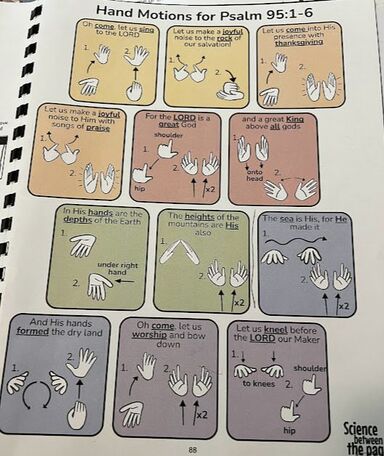 These hand motions are found on page 88 of the student guide book for the World in His Hands Part 1. Today we will recite all five verses and learn our sixth and final verse for this unit. Psalm 95:1-6 "Oh come, let us sing to the LORD, let us make a joyful noise to the rock of our salvation. Let us come, into His presence with thanksgiving Let us make a joyful noice to Him with songs of praise. For the LORD is a great God and great King above all gods. In His hands are the depths of the Earth, the heights of the mountains are His also. The sea is His, for He made it. And His hands formed the dry land. Oh come, let us worship and bow down, let us kneel before the LORD, our Maker." Layers of the forest reviewThere were blocks left out from a previous class in the Route 104 Science Airstream and so I asked the students coming in to make different layer tower representing each of the layers of the forest. Regions of the World- boreal and Temperate Forests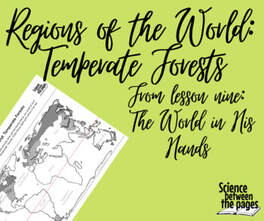 Using the Regions of the World: Temperate Forest sheet, I talked about the difference between coniferous and deciduous trees. Leaves on a coniferous tree are needle like and they do not loose their leaves in the fall. These trees are often called evergreens and predominant in the Boreal forest, however, they can be found in temperate climates as well. Leaves of a deciduous tree have all types of shapes. Typically the shape of the leaf lets us know what kind of tree it is. These leaves are full of chlorophyll which is what makes them green. When the temperatures get cooler, this signals to the trees to stop making chlorophyll and this is when the leaves turn beautiful reds, oranges and yellows. These colors were always in the tree, however, the green chlorophyll was the predominant color. After the leaves change color, they fall from the trees and the trees become dormant during the winter. While the tree appears to be dead, it is dormant and the root system underneath is still growing and storing nutrients for the next season. In the times of rest that the Lord gives us, let us still choose to grow deep into His Word so that in the next season, we will be fruitful for His Kingdom. Read Aloud- Forest Animals by June Randolph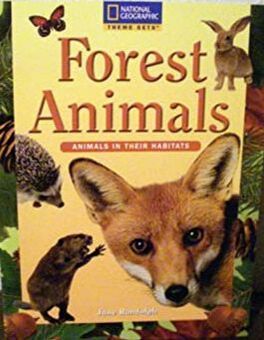 I enjoyed reading this book to the students as it reviewed what an animal habitat is, the layers of the forest, and introduced some of the animals that live in the forests. Since the students had been sitting for a while we had some kinesthetic learning as we reviewed the animals we learned about. The students stood up and when I said: Beaver, they made swimming arms Bears, they walk on arms and legs (bear crawl) Bobcat, they would squat and creep Deer, they would prance around Earthworm, wiggle on the floor backwards Great Horned Owl, arms out to soar Wood Turtle, walk very slowly Python, wiggle on the floor forwards Oh boy! These are bobcats, ready to pounce! Forest Food chain Scramble and Sort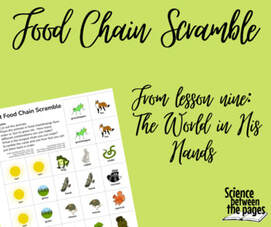 I used this Forest Food Chain Scramble to see how many different food chains the students could make using these cards. The challenge was to see how many chains they could make and who could make the longest chain. temperate forest biome sheetFinally, we filled in the average temperature of the Temperate Forest as well as its average rainfall. The average temperature is 50 degrees Fahrenheit and the average rainfall is about 30-60 inches a year. Some common flora in this biome are: oak, maple, beech and elm trees. Common fauna are bald eagles, grouse, opossums, black bears, white-tailed deer, squirrels and rabbits. Bonus:A student wanted to share with us what they had found. She brought in eggs, the caterpillar, and the cocoon of a soon-to-be moth. This was so interesting to look at and observe! Photo credit goes to Summer Lange. She does some awesome photography!! The World in His Hands Curriculum
0 Comments
Leave a Reply. |
LEAD LEARNERWelcome! My name is Nicole Fleming and I have been leading science learning in the Bryan/College Station homeschool community for over 10 years. Archives
November 2022
Categories |
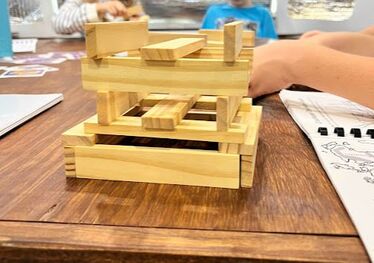
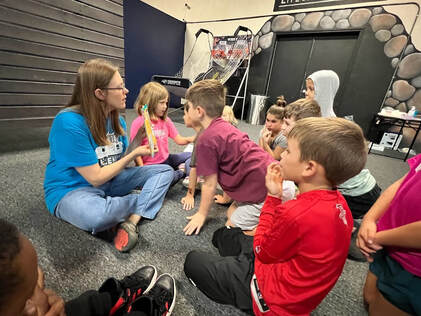
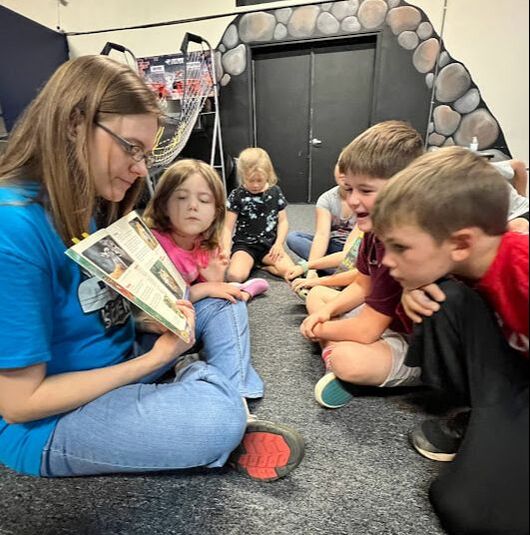
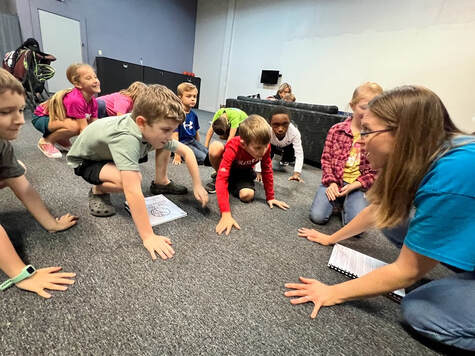
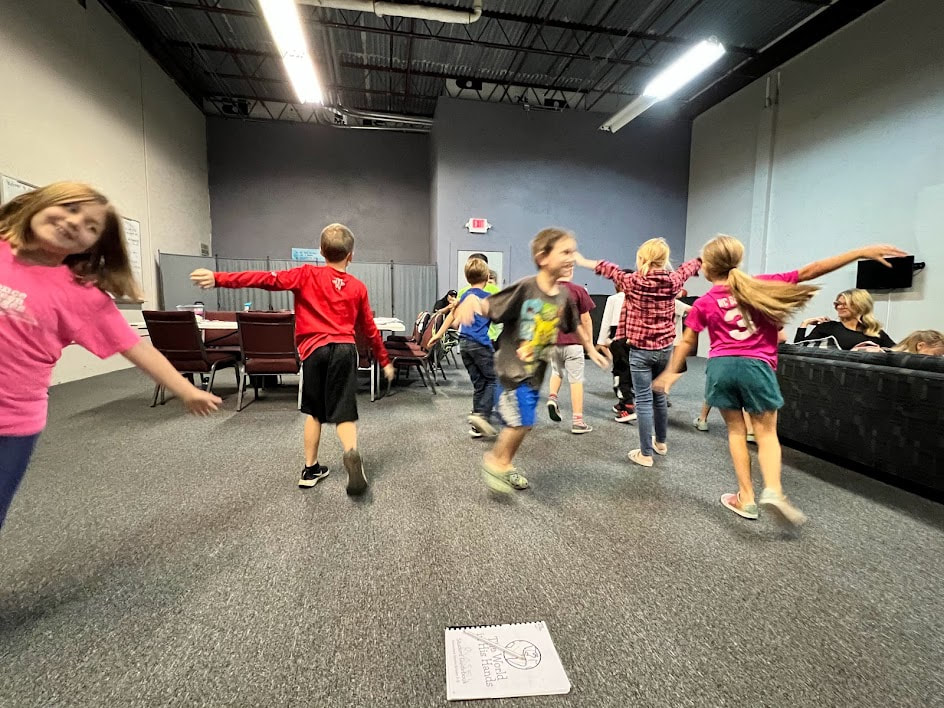
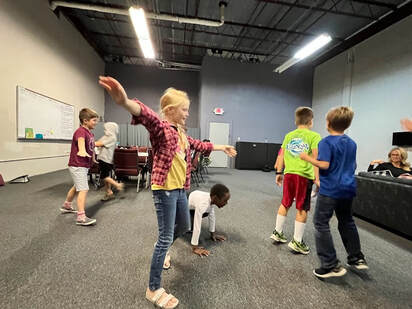
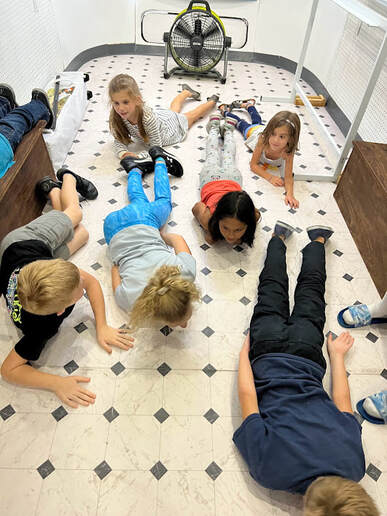
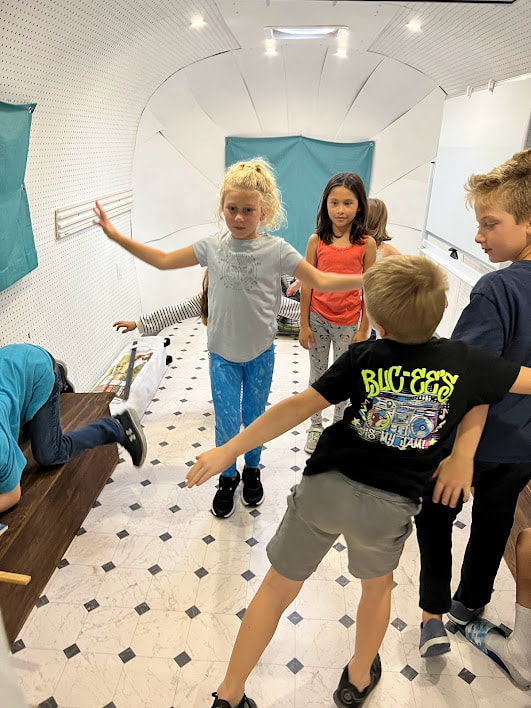
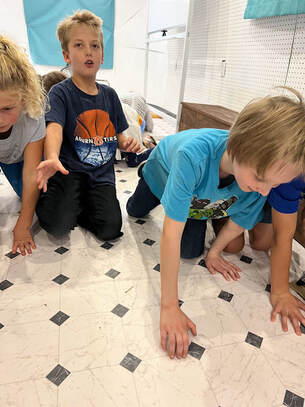
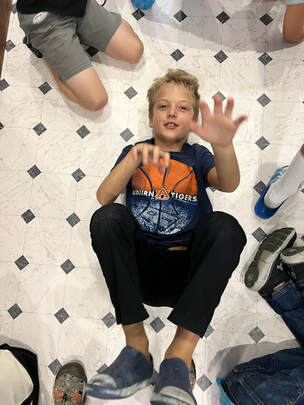

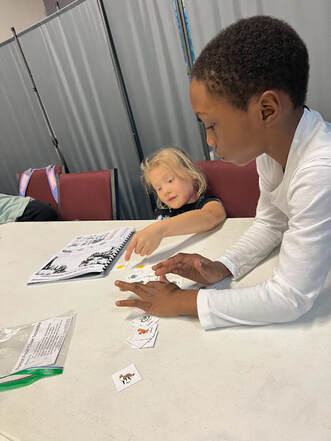

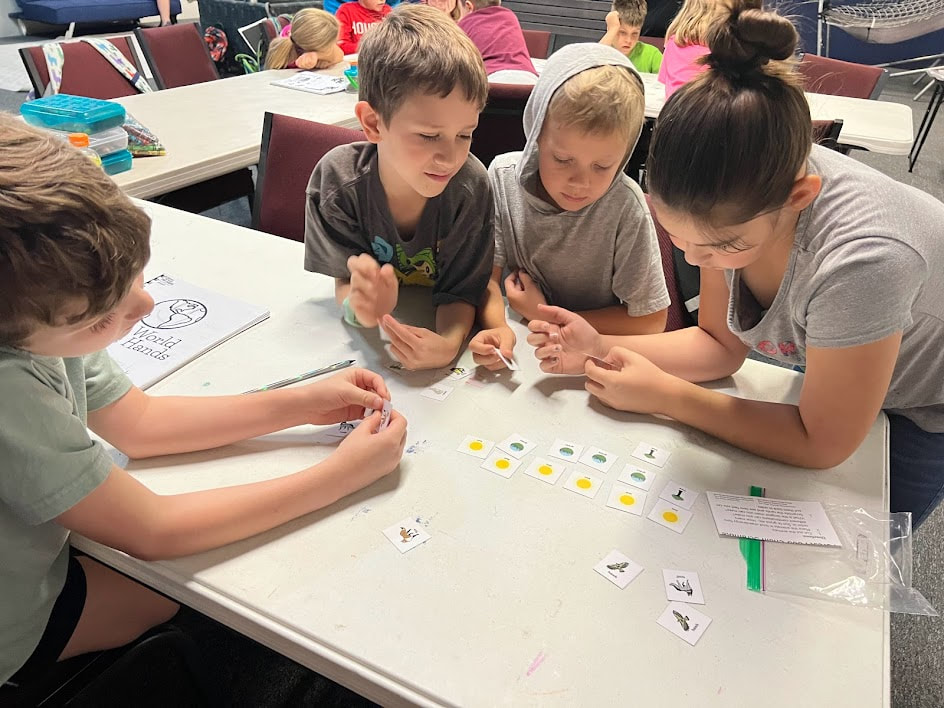
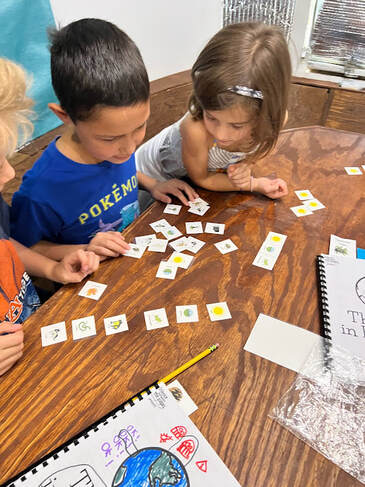

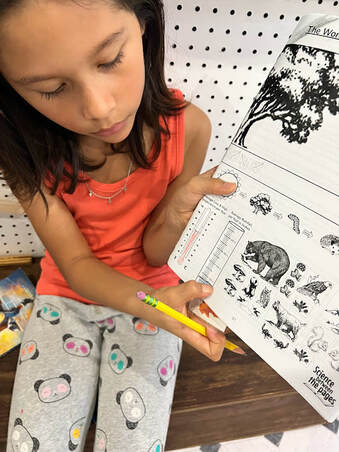
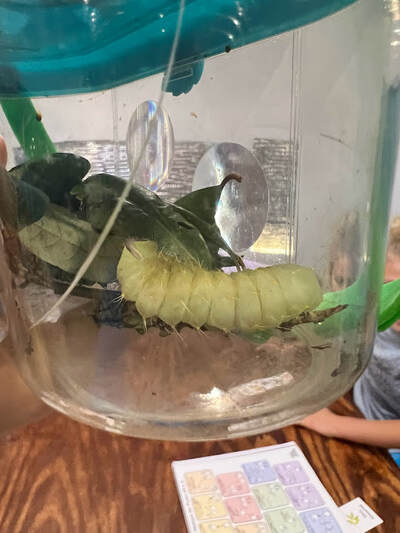
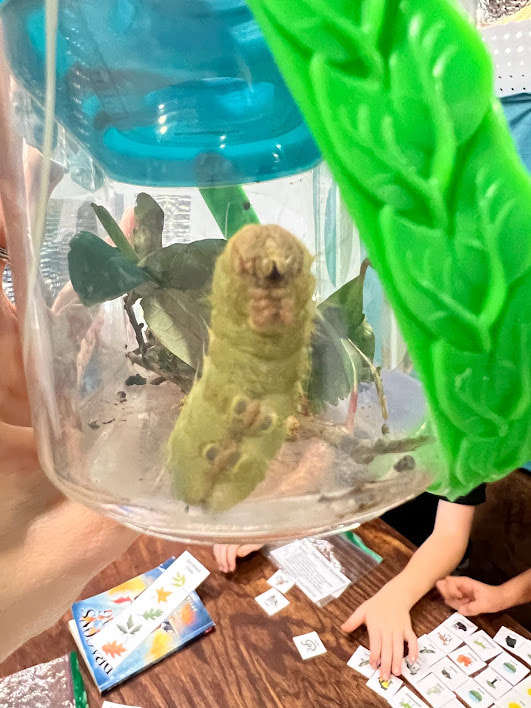
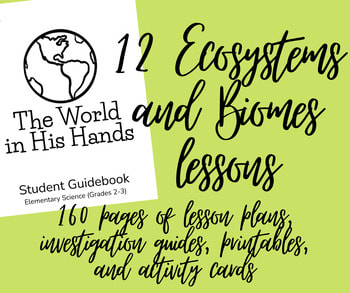
 RSS Feed
RSS Feed